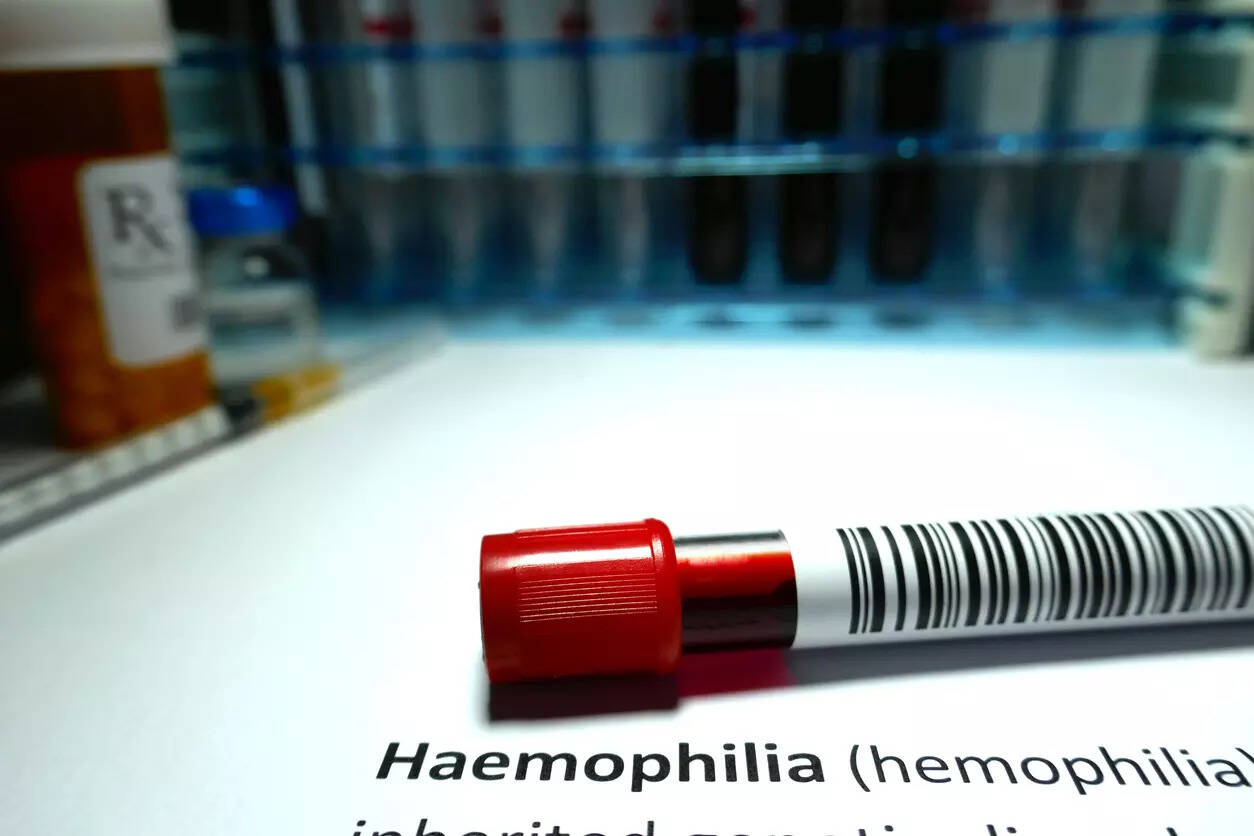
An investigational vaccine designed by researchers at the Washington University (WashU) School of Medicine to prevent tumor recurrence has shown promising results in a phase I trial among patients with triple-negative breast cancer (TNBC).
The neoantigen DNA vaccine targets patient-specific cancer neoantigens—mutant proteins or amino acid sequences that arise from DNA mutations expressed in tumors and can be recognized by the immune system.
Prior studies of neoantigen vaccines have focused on high mutational burden cancers such as melanoma, non-small-cell lung cancer, bladder cancer, and glioblastoma. The current trial is the first to target TNBC, which typically has a relatively low mutational burden.
“Triple negative breast cancer is in aggressive subtype of breast cancer and there is strong evidence that it can be targeted with immune therapies,” senior author William Gillanders, MD, the Mary Culver Distinguished Professor of Surgery at WashU Medicine told Inside Precision Medicine. Despite this, there is currently a lack of systemic therapies beyond chemotherapy available to patients with TNBC who are at high risk for disease recurrence.
Gillanders and team designed the vaccine using the pVACview software suite of neoantigen prediction algorithms, which was also developed at WashU Medicine and published simultaneously with the vaccine trial results in Genome Medicine.
In brief, DNA mutations were identified by whole exome sequencing of tumor and germline DNA and tumor RNA sequencing then candidate neoantigens were prioritized for inclusion in the vaccines based on immune binding predictions by pVAC‐seq.
“There are advantages and disadvantages to the DNA vaccine platform,” said Gillanders. “One of the main advantages is the ease of manufacture in a short time frame and the relative efficacy of this platform.”
In all, 18 patients with residual disease after neoadjuvant chemotherapy and removal of the primary tumor were each given three doses of a tailor-made vaccine at monthly intervals. The vaccines were administered intramuscularly via electroporation and included between four and 20 neoantigens, with an average of 11 per patient. The majority (97%) of the candidate neoantigens were the result of missense mutations and the researchers report that mutations in TP53 were common, occurring in 78% of participants.
Following treatment, 14 of the 18 patients showed immune responses to the vaccine. Gillanders said that this response rate was about what they expected. “As our ability to predict which neoantigens will be immunogenic improves, it is likely that these numbers will improve,” he remarked.
After a median 36 months of follow-up, 87.5% of vaccinated participants were alive and free from disease recurrence. This was significantly higher than the rate of 49% observed in a historical cohort of patients with TNBC controls treated with neoadjuvant chemotherapy.
“These results were better than we expected,” said Gillanders. “Obviously, it’s not a perfect comparison, and we acknowledge the limitations of this type of analysis, but we are continuing to pursue this vaccine strategy and have ongoing randomized controlled trials that do make a direct comparison between the standard of care plus a vaccine, versus standard of care alone. We are encouraged by what we’re seeing with these patients so far.”
In addition, the vaccinations were generally well tolerated with only one grade 3 adverse event (hypertension) reported. The remaining adverse events were typically either grade 2 in severity and related to pain at the injection site or grade 1 and related to myalgia.
“We are excited about the promise of these neoantigen vaccines,” Gillanders said. “We are hopeful that we will be able to bring more and more of this type of vaccine technology to our patients and help improve treatment outcomes in patients with aggressive cancers.”









![Best Weight Loss Supplements [2022-23] New Reports!](https://technologytangle.com/wp-content/uploads/2022/12/p1-1170962-1670840878.png)




